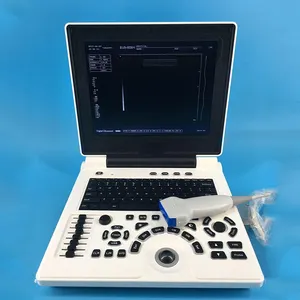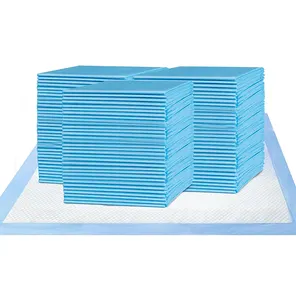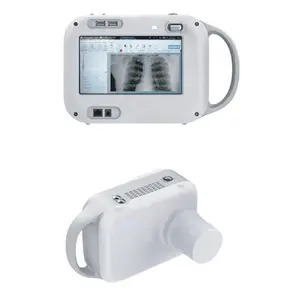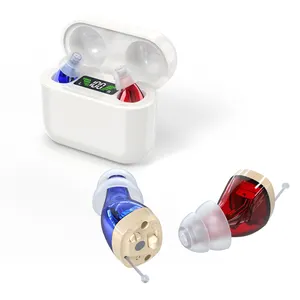Popular in your industry



































































Related Searches:


































































































































Top categories
About back fat scanner
Understanding Back Fat Scanners
Back fat scanners are specialized instruments utilized predominantly in veterinary practices to assess the body fat ratio in livestock. These devices play a crucial role in managing and optimizing animal health and meat production. The technology behind these scanners is designed to provide accurate measurements of subcutaneous fat, which is essential for determining the overall condition and value of the animal.
Types and Features of Back Fat Scanners
There are various models of back fat scanners available, each with its unique features tailored to different requirements. Class II and Class I devices are common, indicating their compliance with specific regulatory standards. These scanners often come with user-friendly interfaces and are designed for ease of use in field conditions. Features may include handheld portability, rechargeable batteries, and durable construction to withstand the rigors of farm environments.
Applications in Veterinary Medicine
The primary application of a back fat scanner is in the veterinary field, where it serves as a non-invasive tool to measure the fat thickness in animals such as pigs, cattle, and sheep. This measurement is vital for breeding programs, sale valuations, and nutritional management. By providing immediate feedback on an animal's condition, these scanners allow for timely adjustments to diets and management practices.
Materials and Durability
The construction materials of back fat scanners are chosen for durability and reliability. Typically, they are made from robust plastics and metals that can endure frequent use and harsh farm conditions. The scanners' probes, which are in direct contact with the animals, are often made from high-grade materials that ensure precision and longevity.
Advantages of Utilizing Back Fat Scanners
Incorporating a back fat scanner into animal health management routines offers numerous advantages. These devices provide quick and accurate data, enabling better-informed decisions regarding animal health and farm productivity. They are also instrumental in improving the accuracy of breeding programs and enhancing the overall quality of meat production.
Choosing the Right Back Fat Scanner
Selecting the appropriate back fat scanner depends on various factors, including the specific needs of the veterinary practice or farm, the types of animals being measured, and the preferred data management system. It is important to consider the compatibility of the scanner with existing farm equipment and software to ensure seamless integration into current practices.





















































